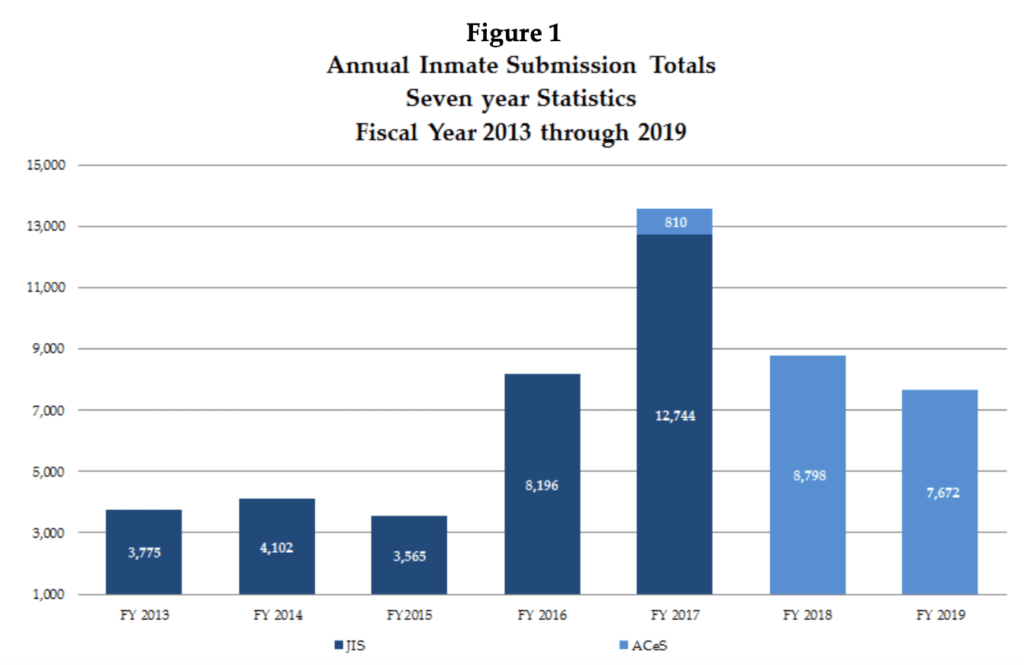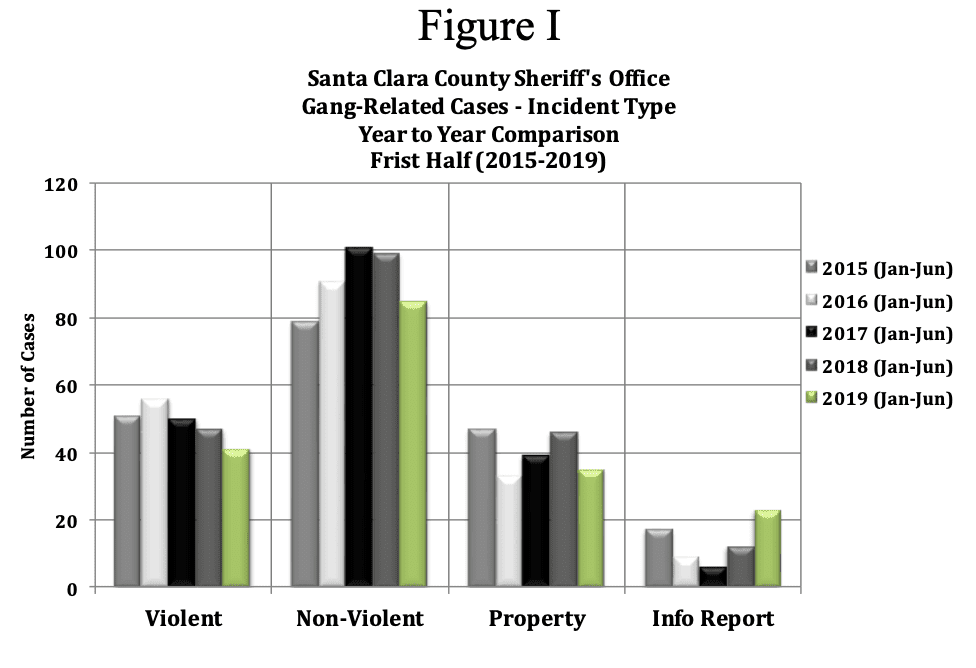The Santa Clara County Sheriff’s Department is grappling with how to safeguard inmates’ private information when they begin to use tablets behind bars for the first time next year.
According to a recent report from Sheriff Laurie Smith to the Santa Clara County Board of Supervisors’ Public Safety and Justice Committee, officials are struggling to protect private information inmates send on tablets during conversations with attorneys, clergy and physicians. Smith, along with officials from the Public Defender’s Office, are working to create protocols to ensure those conversations remain confidential through immediate deletion.
The tablets won’t be available for use until estimates of eight to 12 months from now. But Legacy, the company contracted for the tablets, doesn’t have the capacity to differentiate between privileged conversations and retroactively delete certain files. Until that ability is created, the tablets’ phone call, email and messaging services would be disabled, county officials decided.
“As much as we would like our clients to have the ability to have additional communication with their families and for all the important rehabilitative purposes that serves, we really want to understand the system and make sure that privileged communication is properly addressed before that functionality is added,” said Assistant Public Defender Damon Silver. “That is providing great peace of mind from our perspective and as the voice of the community we serve and the clients we serve.”
Smith added that it’s an issue of equity for those who can afford bail and have these conversations privately outside of jail.
“It becomes an issue of the haves and have nots,” Smith told San José Spotlight. “So I really agree with him on that. I really want to make sure that all communication that’s beneficial to the inmate that someone on the streets would have, I want to make sure that’s really solid.”
If the privacy issue isn’t resolved before the tablets are rolled out, inmates could still use the technology for educational content, entertainment content, commissary and grievances. Ellenberg said the discussion about tablets has been in the works for four years, which Smith agreed is too long. The sheriff said she’s confident a solution for the privacy concern will be found by then.
A look at grievances
Also this week, Sheriff’s Captain David Sepulveda reported the office has responded to all grievances from inmates within 30 days, have a centralized review process and implement a request tracking system to react to complaint trends.
During the 2019 fiscal year, 7,672 grievances were received and 8,788 were filed in 2018.


Lieutenant Joseph Nguyen said the response rate reached 97 percent, up from 91.4 percent the previous six months. Only 4.3 percent appealed the response given, which is the lowest rate since it was first implemented in 2017.
He said grievances can range from complaints about dirty conditions at the jails, insufficient commissary funds and concerns of staff actions. The top two grievance categories were medical services and staff conduct and behavior, counting 524 and 519, respectfully.


Sheriff’s officials said a recent audit found that 70 percent were answered in less than five days, while only 14 percent experienced a 20 to 30 day wait time.
Nguyen said a 43 percent decrease was reported in grievances since 2017, with a 30 percent decrease by jail facility during the 2019 fiscal year.
Christine Clifford from People Acting in Community Together (PACT) and Silicon Valley De-Bug, relayed concerns from inmates’ families, some of whom say their grievances were not resolved and they didn’t know how to appeal.
“Many say that they have given up filing because they feel that it doesn’t help them or that they’re not listened to,” Clifford said, “and some actually still fear retaliation.”
She suggested that future data collection include detainees’ opinions and concerns about their experiences.
Smith responded that grievances consist of a manual, handwritten process, and she’s excited for the tablet system which should speed things up. The tablets will allow inmates to electronically submit grievances and receive responses, the sheriff said, as well as help clarify the grievance process.
Gang-related activity
The Sheriff’s Office also recently provided an update on gang-related activity, a process which was first implemented in 2011.
The cases are broken down into four categories: violent (attempted homicide, robbery, assaults) non-violent (weapons possession, probation/parole violation, drug charges) property (vandalism, stolen vehicles, burglary) and informational report (missing person, informational report).


According to the reports, non-violent incidents accounted for 46 percent of cases from January to June, the largest percentage of overall activity. Of the 117 gang-related incidents during that same time frame, 25 percent were in East San Jose. That neighborhood also accounted for 31 percent of property gang-related cases.
Rates from 2019 are the lowest numbers in the last five years, the report said, and marked a 10 percent overall decrease. From January to June, there was an average of four violent gang-related cases a month, which is up by .75 compared to monthly averages since 2015.
Contact Katie Lauer at [email protected] or follow @_katielauer on Twitter.



Leave a Reply
You must be logged in to post a comment.